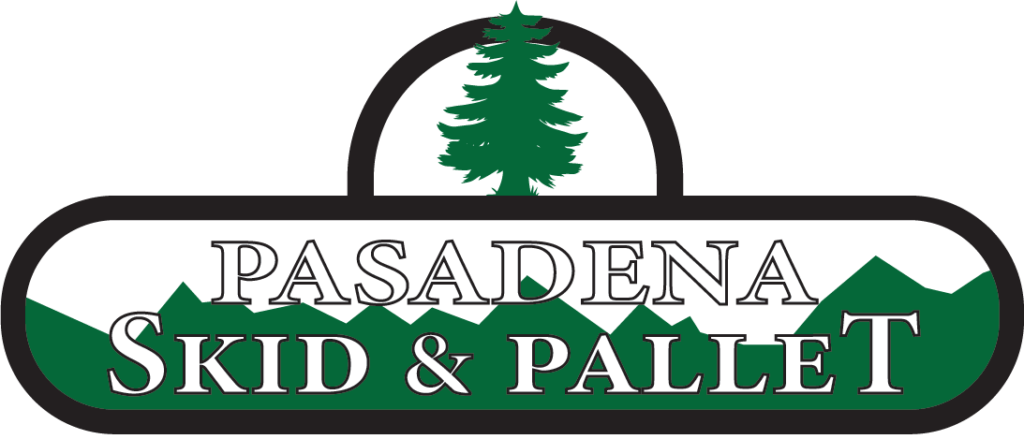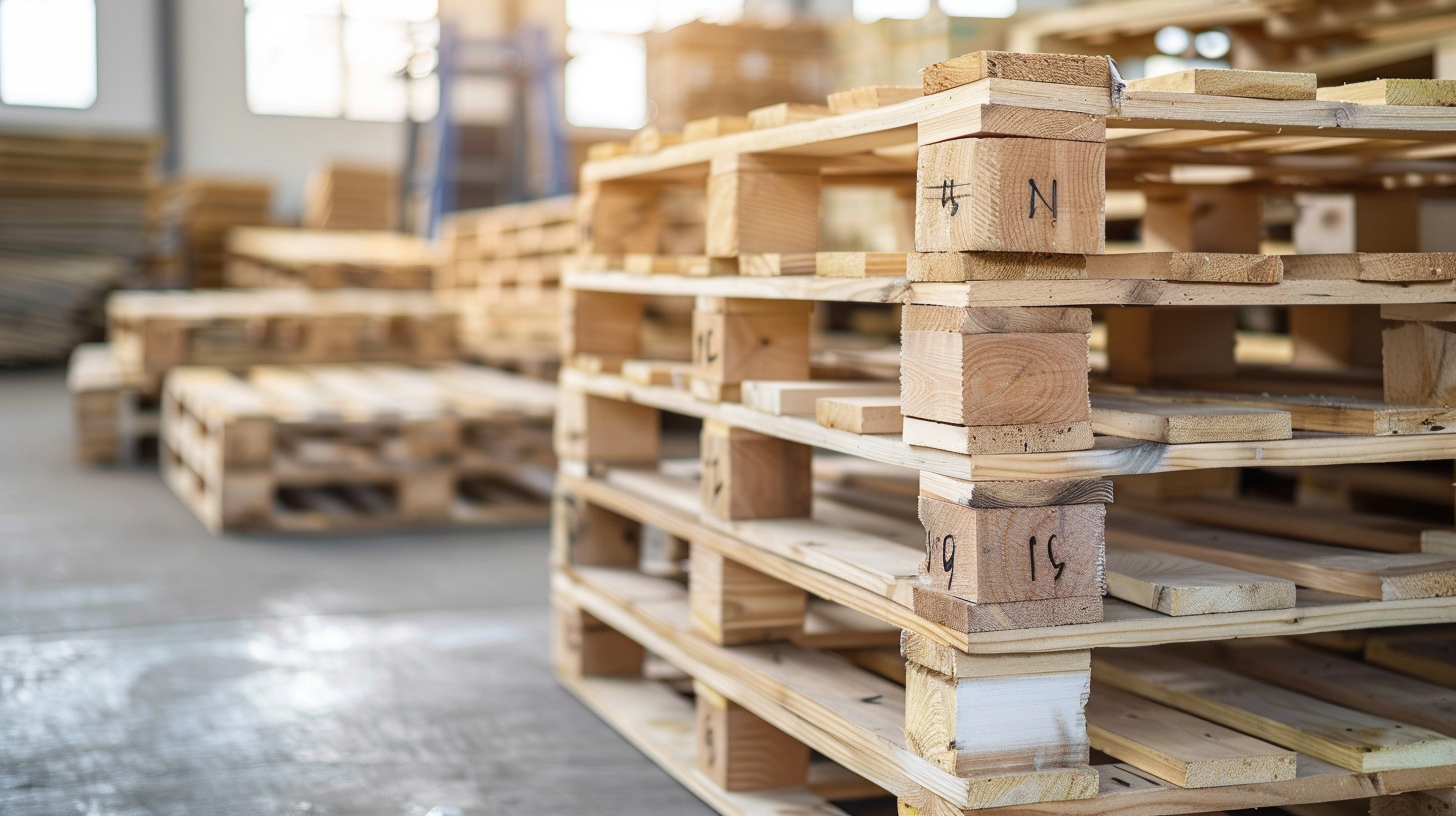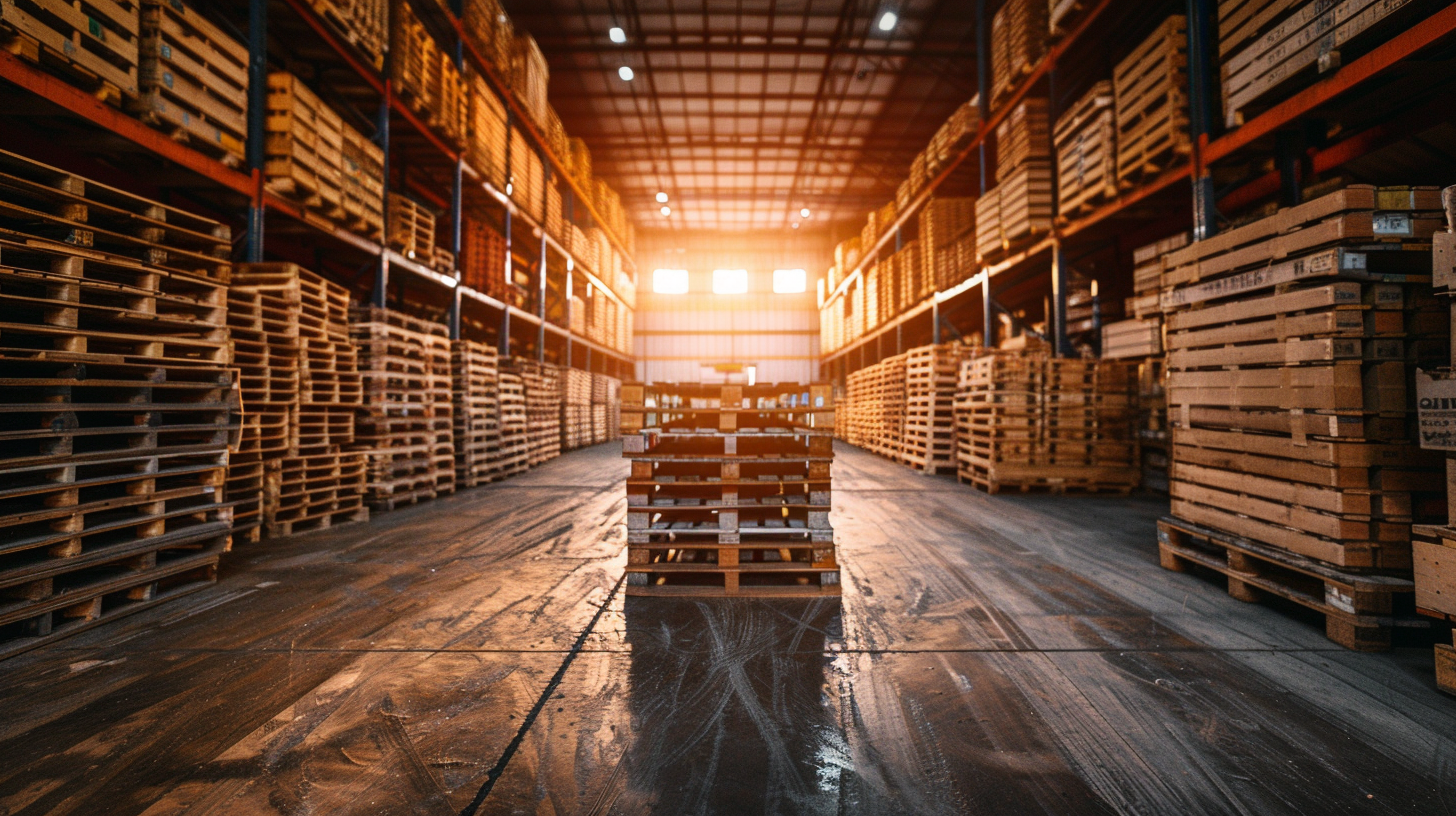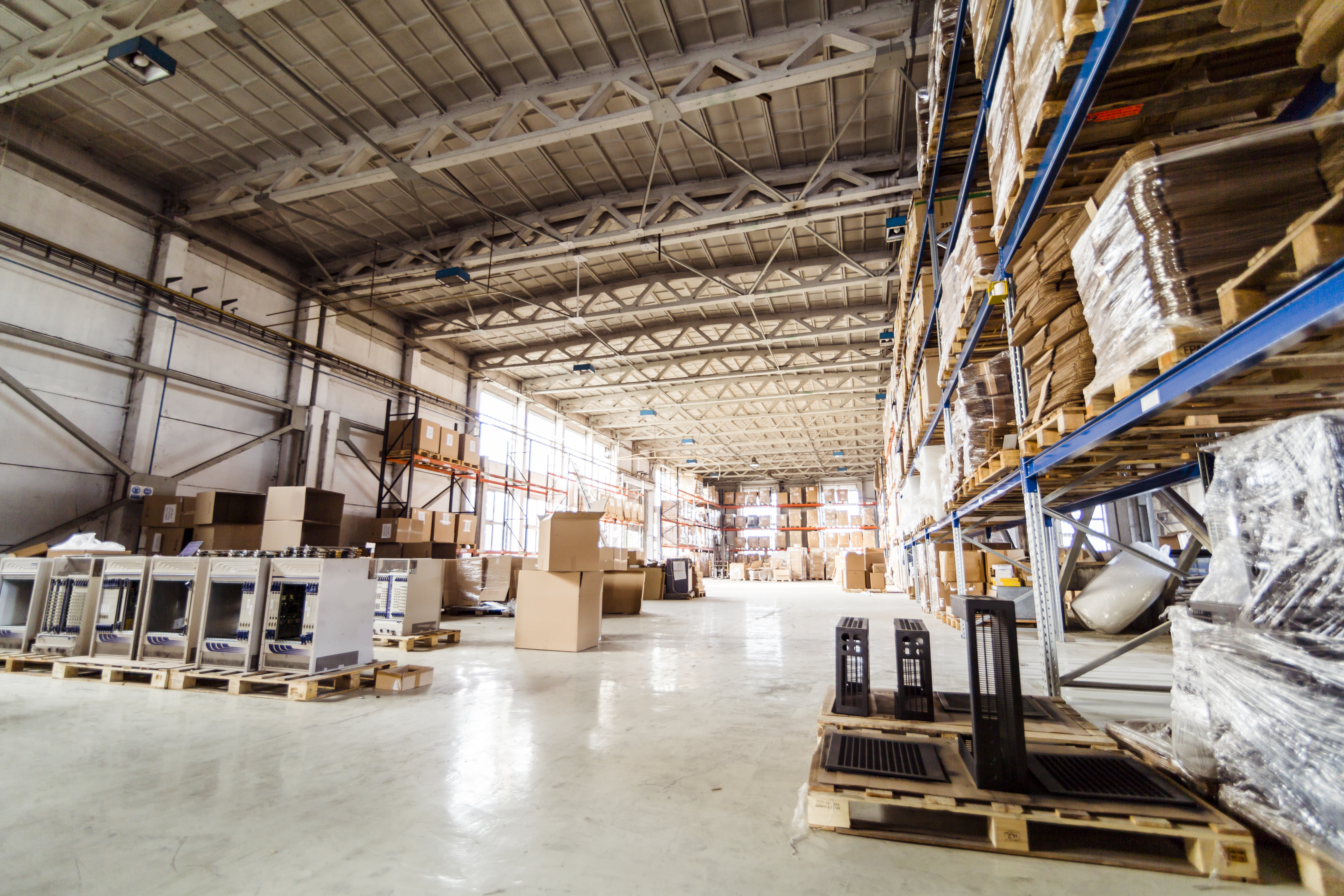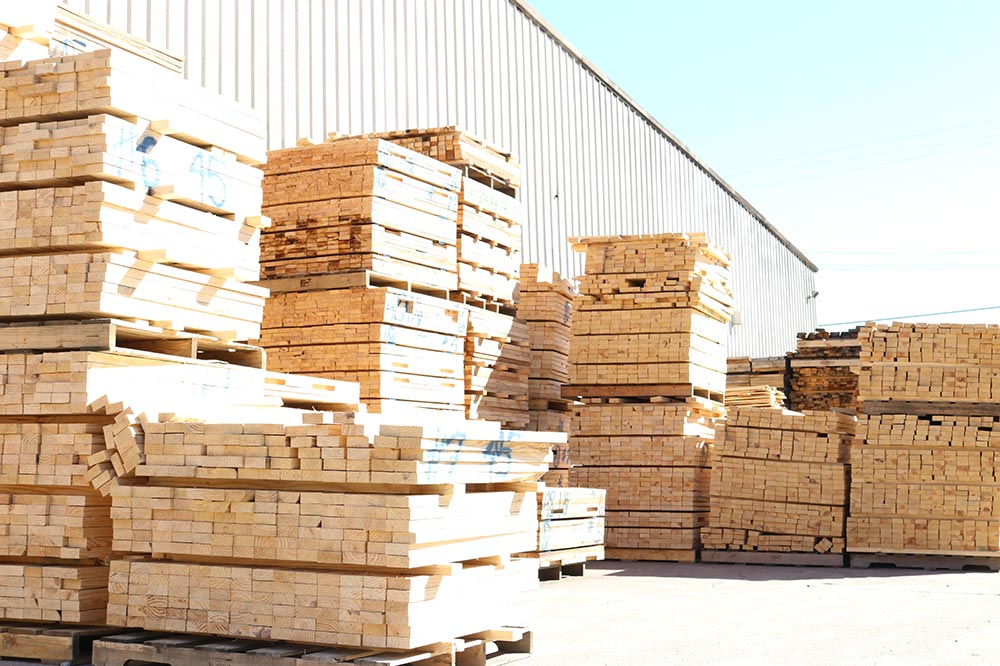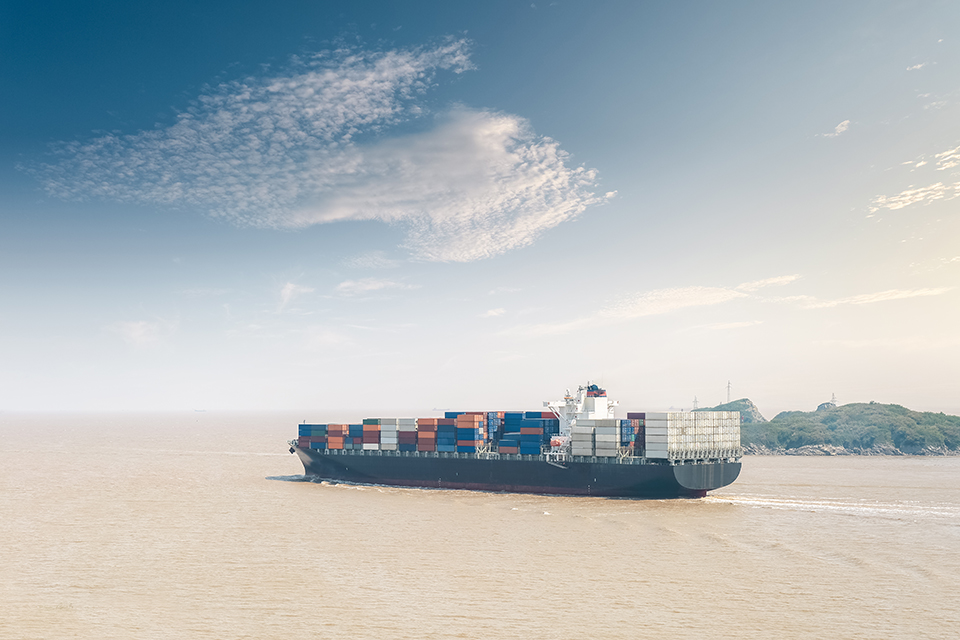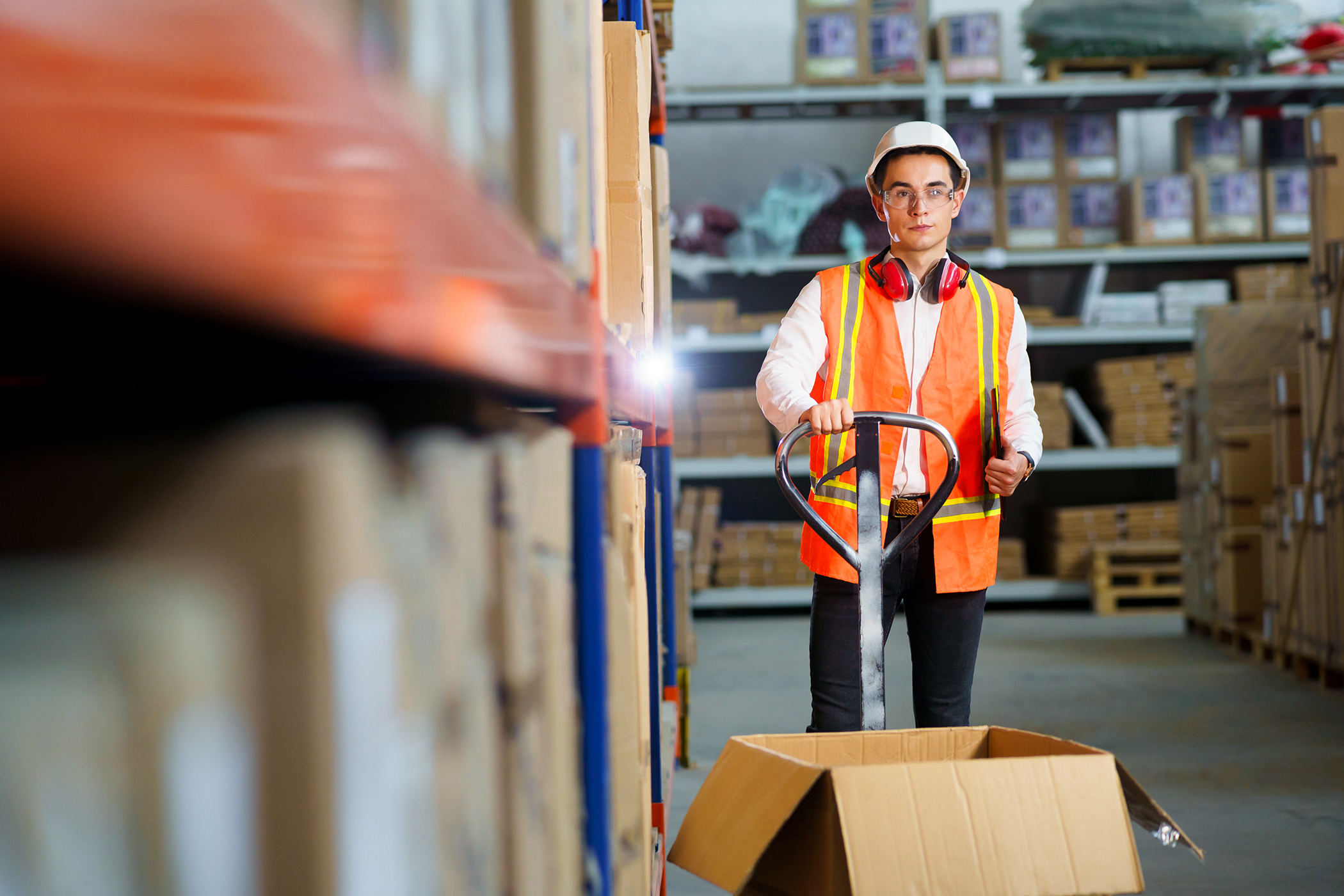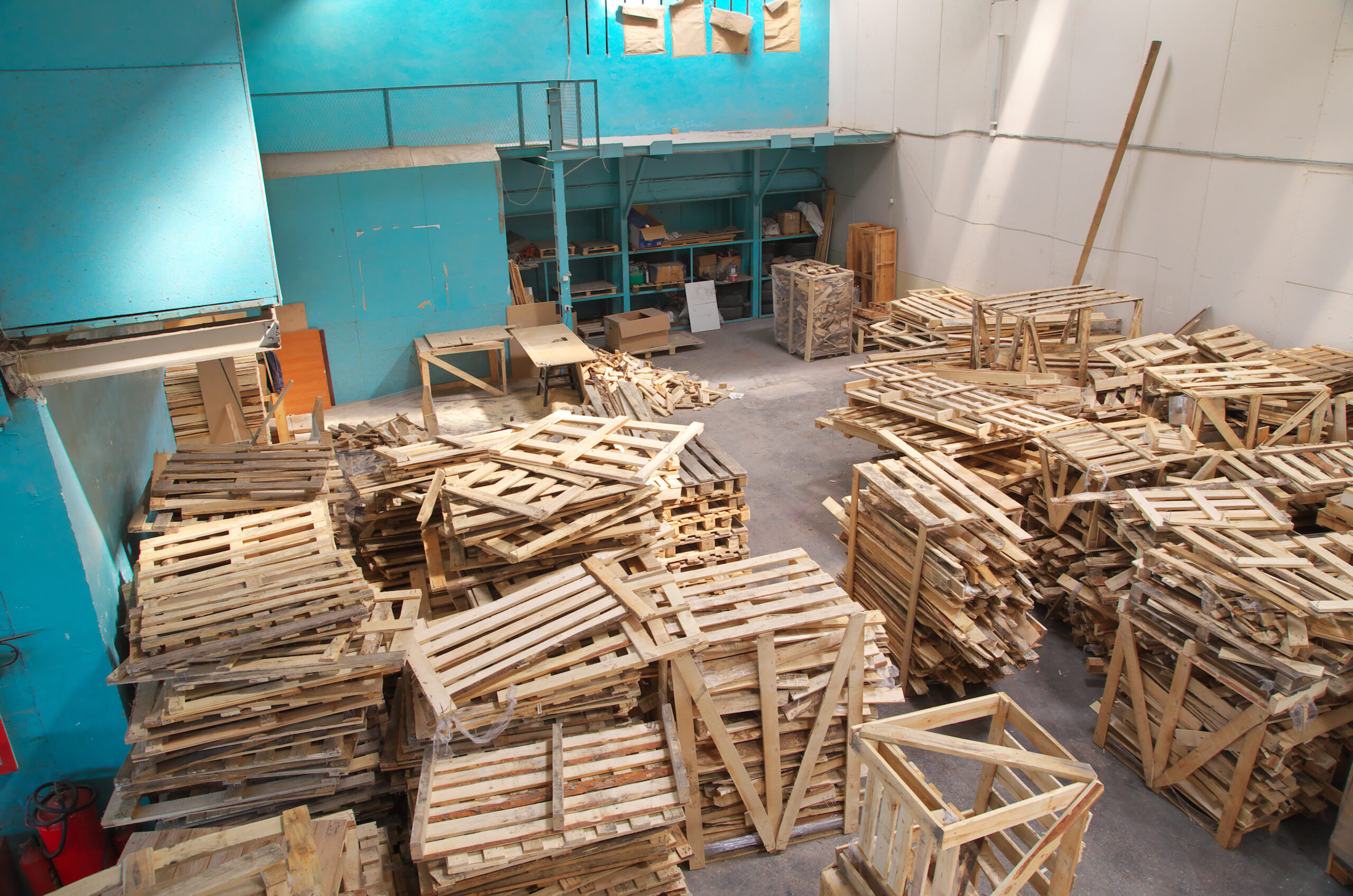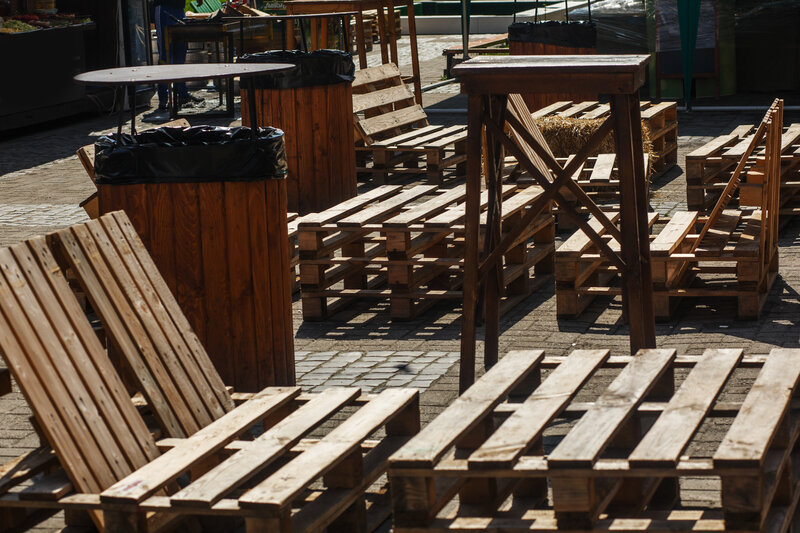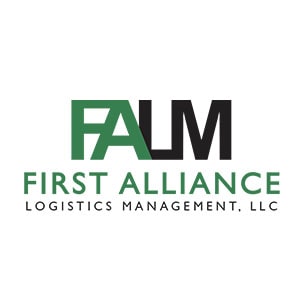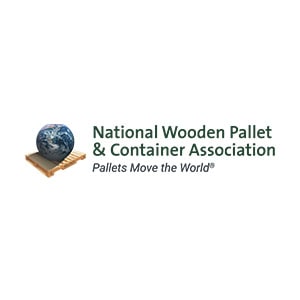In the realm of international shipping, ensuring the safety and integrity of shipped goods is paramount. One crucial aspect often overlooked is the treatment of wooden packaging materials, such as pallets and crates, to prevent the spread of pests and diseases. At Pasadena Skid and Pallet, we understand the significance of these measures, particularly the […]
Sustainable Solutions: The Environmental Benefits of Choosing Wooden Pallets
In the modern era of global trade and transportation, pallets are indispensable for the efficient and safe handling of goods. As environmental concerns become more prominent, businesses and consumers alike are turning their focus towards sustainable practices. Wooden pallets, particularly those provided by Pasadena Skid and Pallets, offer a plethora of environmental benefits that make […]
A Guide to Different Pallet Types and Materials
In the world of logistics and supply chain management, pallets play a crucial role in the safe and efficient transportation and storage of goods. Pallets come in various types and materials to cater to the diverse needs of businesses across industries. In this comprehensive guide, we will discuss the different types of pallets, their materials, […]
Houston Pallet Suppliers: How to Choose the Right One for Your Business
If you’re looking to buy commercial pallets in Houston, plenty of options are available. From standalone products to cloth boxes and pallets, you will find the perfect one for your needs. Some companies will even recycle used pallets, making them an excellent opportunity for someone with an entrepreneurial spirit. They can earn much money by […]
Different Types of Pallet Services
There are many different types of pallet services to choose from. These include Presswood, Stringer, Double face, and Block. Some pallets are made out of plastic, while others use presswood. The best type of pallet services depends on the needs of the business. Stringer pallets In North America, the stringer pallet is the most common […]
How to Conduct a Unit Load Device Serviceability Check
Performing a Unit Load Device serviceability check can be vital to keeping your air freight operations safe and efficient. Here are a few things to know about performing a ULD serviceability check. Air cargo vs. ocean freight Whether you are considering an air or ocean route for your next cross-country excursion, there are many factors […]
Pallet Logistics of America
Pallet Insights Pallet Logistics of America is one of the largest pallet recycling companies in the USA. They have multiple sites and need a solution to track their business. The solution they chose, Pallet Insights(TM), offered the same features as their existing system and provided more. The solution also integrates with Microsoft Dynamics 365 (formerly […]
Why the Construction Quality of Your Businesses Pallets Matters
Consistency is key in every aspect of business, from product quality and workflow to infrastructure areas like shipping. It not only reduces costs but also brings peace of mind. Pallets are no exception, and using uniform construction on your pallets will improve shipping efficiency. Consider these reasons for choosing uniform-quality pallets. Less expensive pallets Pallets […]
Creative Ways to Recycle Pallets For DIY Projects
One of the best ways to reuse wood pallets is to create furniture. You can turn a wooden pallet into whatever you want, whether a coffee table, a giant bed, or a planter. In addition, recycling pallets can help you get rid of things you don’t need anymore. Recycling wood pallets is a cost-effective way […]
Kamps, Inc. Acquires Denver-Based L&R Pallet Service Inc.
GRAND RAPIDS, MI, March 1, 2021 GRAND RAPIDS, MI, March 1, 2021, Kamps, Inc. (“Kamps”), the country’s most renowned pallet solutions company and is delighted to announce that on February 28, 2022, it bought Denver’s L&R Pallet Service, Inc. (“L&R Pallet”). L&R Pallet specializes in new and recycled pallet solutions. L&R Pallet also provides full-scale […]
